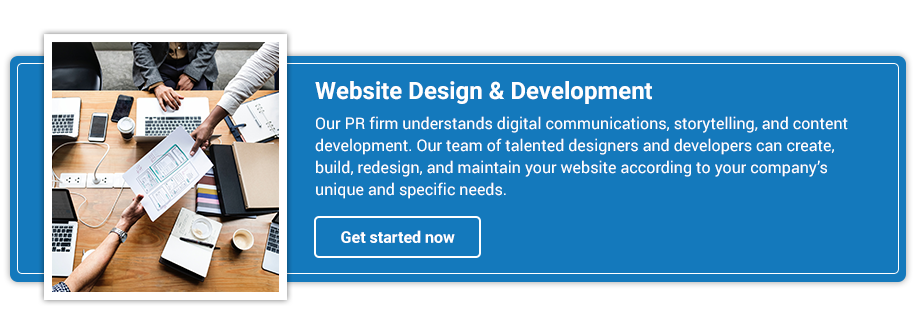![]() You may have heard of drive-by lawsuits or watched a segment about them on “60 Minutes.” Attorneys and their clients target stores, hotels, restaurants, etc. that are inaccessible, which violates the Americans with Disabilities Act (ADA). These people have never been customers of these establishments. They simply drive by or search locations via Google Earth and Google Maps (Google lawsuits), looking for ways to sue due to a building’s inaccessibility or lack of required accessibility equipment, like a pool lift.
You may have heard of drive-by lawsuits or watched a segment about them on “60 Minutes.” Attorneys and their clients target stores, hotels, restaurants, etc. that are inaccessible, which violates the Americans with Disabilities Act (ADA). These people have never been customers of these establishments. They simply drive by or search locations via Google Earth and Google Maps (Google lawsuits), looking for ways to sue due to a building’s inaccessibility or lack of required accessibility equipment, like a pool lift.
Now, your company website could be the target for this same type of litigation, called a “click-by” lawsuit. Click-by lawsuits started with hotel websites, where people searched for ways hotels omitted ADA-required information, like the number of ADA-accessible rooms and ADA-compliant places, such as swimming pools, spas, and dining spaces. Click-by lawsuits aren’t just affecting hotels anymore. Any company that omits ADA-required information from its website, whether intentional or not, is at risk.
So how can you protect your company from a lawsuit?
1. You must include an accessibility statement on your website.
An accessibility statement is an explanation of the level of web accessibility that your company commits to achieving. You can create an accessibility statement yourself, use a free online template or generator to guide you, or hire someone to create the statement for you, like an attorney.
2. Ensure you’re following web content accessibility guidelines (WCAG).
“WCAG provides technical specifications to improve the accessibility of web content, websites, and web applications on desktop computers, laptops, tablets, and mobile devices for people with a wide range of disabilities, including auditory, cognitive, neurological, physical, speech, and visual disabilities.”
- eSSENTIAL ACCESSIBILITY
You can read the guidelines here.
Your website should be ADA- and WCAG-compliant to ensure that anyone with a disability can easily access your website, not just to avoid lawsuits.
3. Hire website developers who implement WCAG requirements.
If you’re designing a new website, ensure you hire a website developer who is familiar with the web content accessibility guidelines. Ken Nakata, the director of accessibility consulting at Cyxtera Technologies, recommends website designers and developers do the following: “Lay out a set of requirements, based on WCAG 2.0 AA, that are associated with each role throughout the web design and development process. Next, develop a checklist for each of the different teams responsible for website creation: design, copy, and development.”
4. Purchase web accessibility technology
At the bottom right-hand corner of axiapr.com, you’ll see the tool we use and recommend to help make your website ADA, WCAG 2.1, and Section 508 compliant. This tool gives a single line of JS code to install on your website that instantly displays the accessibility interface. The AI then starts scanning and analyzing your website, and re-scans for new and revised content every 24 hours. In just 48 hours, the AI is finished and your website is compliant.
- Userway
Axia Public Relations understands digital communications, storytelling, and content development. We create, build, redesign, and maintain your website according to your company’s unique and specific needs. Our team of talented designers and developers listens carefully to your company's vision to create something that resonates well with your target market, customers, and employment candidates, and that reflects your brand position effectively, while ensuring accessibility.
 Becca McClure is a passionate public relations professional who works on various client social media accounts and public relations campaigns. Clients love her infectious positive attitude and her strong work ethic. Becca joined the Axia Public Relations team in February 2016. Learn more about Becca McClure.
Becca McClure is a passionate public relations professional who works on various client social media accounts and public relations campaigns. Clients love her infectious positive attitude and her strong work ethic. Becca joined the Axia Public Relations team in February 2016. Learn more about Becca McClure.
Topics: web design & development, owned media


Comment on This Article